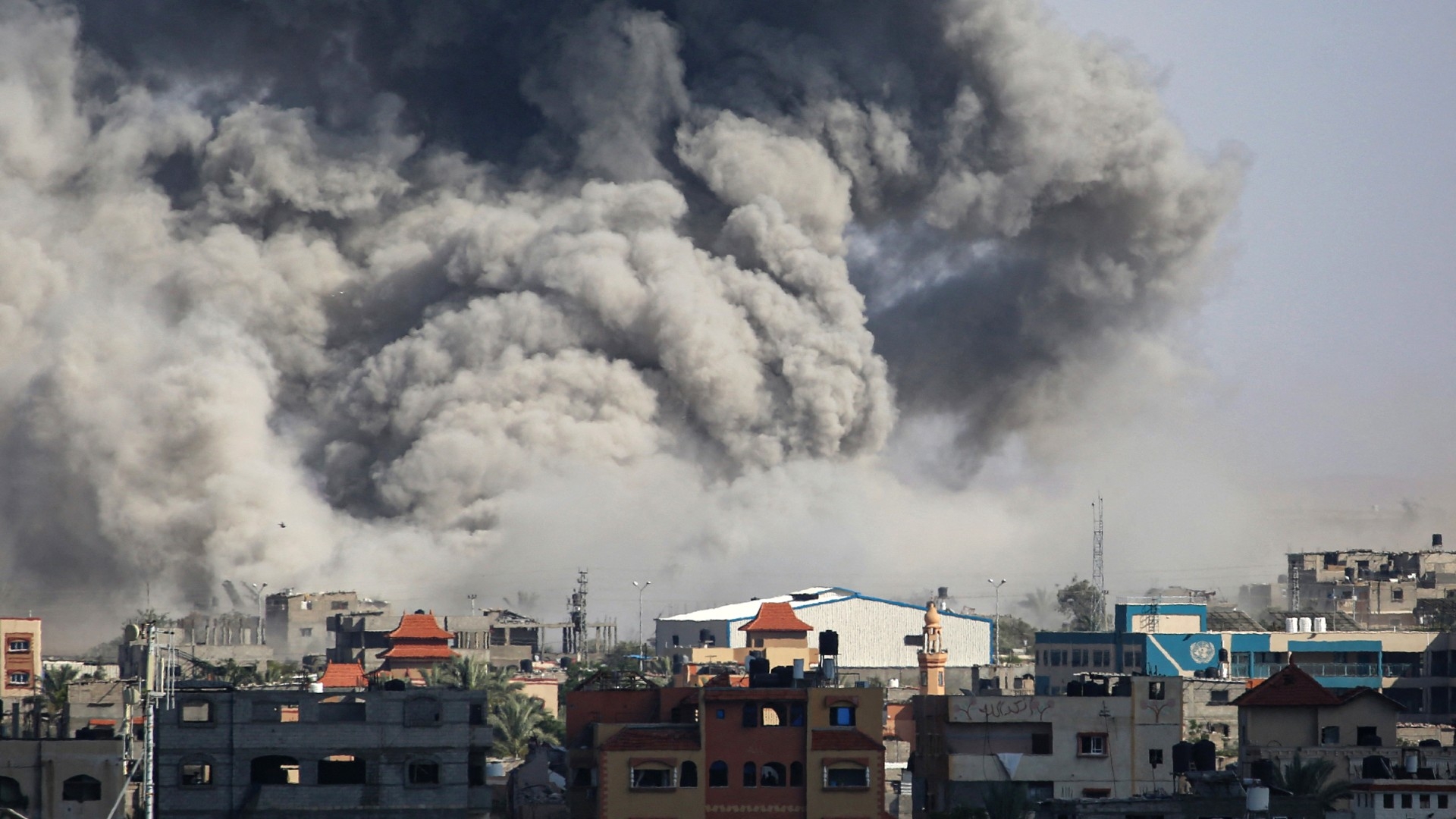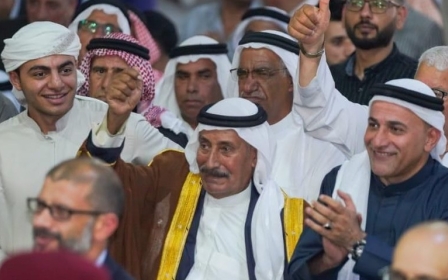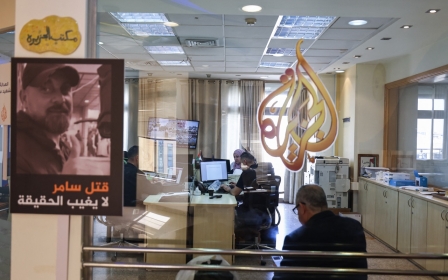Hamas accepts US-mediated ceasefire proposal as Israel dismisses it

Hamas said on Monday that it accepted a US-mediated ceasefire proposal that would see Israel halt its devastating seven-month war on Gaza and the phased release of all Israeli captives in exchange for Palestinian prisoners.
The Palestinian movement said in a statement that Ismail Haniyeh, the group's political chief, informed Qatar and Egypt of its acceptance of their proposal.
"Ismail Haniyeh, the head of the Hamas movement’s political bureau, had a phone call with the Qatari Prime Minister, Sheikh Mohammed bin Abdul Rahman Al Thani, and with the Egyptian Minister of Intelligence, Abbas Kamel, and informed them of the Hamas movement’s approval of their proposal regarding the ceasefire agreement," Hamas said in a statement.
In response, the Israeli Prime Minister's Office said on X, formerly known as Twitter, that the proposal was "far from meeting Israel's core demands" but that Israel would "dispatch a ranking delegation to Egypt in an effort to maximize the possibility of reaching an agreement on terms acceptable to Israel".
US State Department spokesman Matthew Miller confirmed the Hamas response was being reviewed and discussed with "partners in the region".
The Hamas announcement came as CIA director William Burns was leading indirect talks with Hamas to achieve a breakthrough.
Miller declined to comment on reports that Hamas may have agreed to a ceasefire deal which the US was not involved with.
"I've seen those suggestions… Because we are working on this in real-time and trying to reach an agreement. I’m just going to decline to comment [in] detail about any of those reports," Miller said.
White House spokesperson John Kirby also declined to provide details about the discussions taking place, but added that the response by Hamas came while Burns was in the region.
"Without speaking about the details about the response by Hamas, I think it's safe to conclude that that response came as a result of or at the end of these continued discussions that director Burns was a part of."
In a statement posted on X, Turkish President Recep Tayyip Erdogan said he welcomed Hamas's acceptance of the ceasefire proposal and urged western countries to pressure Israel to accept the terms.
"During the call, in which I expressed that we found Hamas's decision based on Turkey's suggestions positive, we also emphasised that Israel should take steps for a permanent ceasefire," he said.
"I call on all parties, especially western countries, to put the necessary pressure on Israel for a ceasefire."
Broad contours of the deal
Ceasefire mediators have not publicly detailed the full contents of the proposal, but the broad contours of the deal involve a six-week pause in fighting, in which Hamas would release some Israeli captives it has held since 7 October when it attacked southern Israel.
In exchange, Israel is expected to release a number of Palestinian prisoners, withdraw its troops from certain regions of the Gaza Strip and allow Palestinians to travel from the south of the territory to the north.
Speaking to Al Jazeera Arabic late on Monday, Hamas official Khalil al-Hayya said the first phase called for a complete withdrawal of Israeli troops from the Netzarim corridor and the return of displaced Palestinians to their homes.
During the second phase, there would be a direct announcement of a permanent cessation of military operations before the remaining Israeli captives are exchanged for more Palestinian prisoners.
In the last phase, there would be a complete lifting of the blockade of the Gaza Strip.
Negotiations over a potential ceasefire entered a critical phase this weekend, with key interlocutors alarmed by the prospect of an Israeli ground assault on Rafah in the southern Gaza Strip.
Aid organisations warned that an attack on Rafah would not only be catastrophic for civilians in the area but would also have a major impact on their ability to get food to northern Gaza where the UN World Food Programme chief has said a "full-blown famine" is now underway.
"It is going to be catastrophic," Ziad Issa, head of humanitarian policy at the UK-based ActionAid, told Middle East Eye on Monday.
"Any prospect of getting aid inside Gaza now is very grim."
Issa said Palestinians were concerned that they would not be safe even if they leave, given their experiences in Gaza over the past seven months.
"People have been following evacuation orders since 7 October, yet you see people attacked in places where they have moved," he said. "The concept of a safe zone is a very outdated concept."
Melila Abu al-Khair, a Palestinian woman displaced in Rafah, said she would not be leaving her makeshift tent because there was simply nowhere left to go.
"My uncle is a kidney dialysis patient in a wheelchair. We have no cash and nowhere else to be. We don't know where we would go," Abu al-Khair told MEE.
"We will only die once. Let the army come and kill us here. But we will not leave."
Abu al-Khair, who is from Gaza City, said she has already been displaced several times. She had taken shelter at her home, her family's home and a school, which were all attacked.
"Where shall we go?" she asked.
While some people like her have refused to leave, others were seen fleeing the areas marked in the Israeli army orders.
Displaced Palestinians have gathered in camps across Rafah
Drag the button to see the new camp sites
Ahmad Abu Rizq, who has been taking shelter in Rafah, said he began moving the family's belongings once the orders came but with no destination in mind.
"I don't know where I'm going. They said there could be areas in the Mawasi area and that's where I'm headed. But I have no tent and I don't know if I'll find a place there," Abu Rizq told MEE.
He added he was forced to flee to relocate his daughter, who has a disability, away from the potential ground assault, but still feared it wouldn't be enough to keep her safe.
"There are no safe zones in Gaza," he said. "Whatever you hear from the Israelis, it's all lies."
Middle East Eye propose une couverture et une analyse indépendantes et incomparables du Moyen-Orient, de l’Afrique du Nord et d’autres régions du monde. Pour en savoir plus sur la reprise de ce contenu et les frais qui s’appliquent, veuillez remplir ce formulaire [en anglais]. Pour en savoir plus sur MEE, cliquez ici [en anglais].






